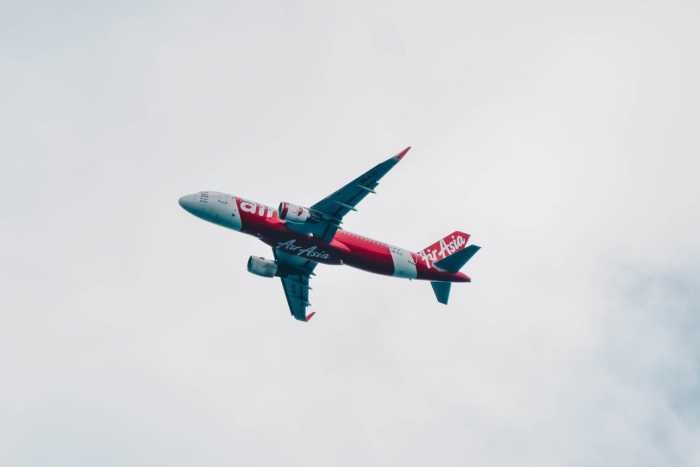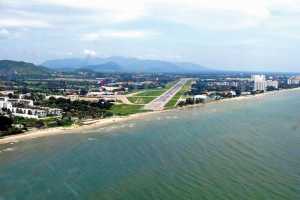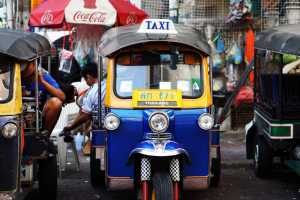
THAI Smile Adapts New Business Model
25th Feb 2013

THAI's budget sister airline is, again, undergoing transformation in its quest to sustain its operation in the years ahead. Thai Smile will shed off its current image as a low-cost no-frills airline and adopt the business models that other successful regional airlines have embraced for years.
Thai Smile wants to pattern its business strategy after Hong Kong's Dragonair and Singapore's Silk Air, the most successful regional airlines in Asia.
Thai Airways, its mother airline, is planning to create a separate entity with its own accounts and management system, though still wholly-owned subsidiary.
The shift to a new business strategy would mean a change in both its in-flight and ground services as well. For example, there will be a fixed seating layout in all its business class cabin plus a full on-board service commonly found in other regional airlines. These changes will take effect as soon as the airline takes delivery of its 7th Airbus A320 aircraft.
Top airline officials admitted that their current business strategy failed to sustain a profitable operation. The carrier has been adopting the light-premium model offering its customers a flexible business class layout.
This year, Thai Smile will get another six Airbus A320s on lease from its mother unit bringing its fleet to 10 aircraft. It is also considering to acquire another 5 aircraft of the same type by 2014. Each of the planes shall be outfitted with fixed seat arrangement in their respective business class cabins. The new planes will then shore up its young but promising regional network.
By the middle of March this year, it will launch its second destination overseas to Mandalay, Myanmar. It currently flies to Macau, its only regional destination.
The move is said to be strategic for the airline as it wants to corner a sizable market in the segment especially those who are flying on Star Alliance-member airlines, of which its mother unit is a founding member.
In addition to the launching of its second regional service, the airline will also add more flights to destinations in South Thailand such as Phuket and Krabi.
Singapore is also on the pipeline the airline wants to fly to from Phuket. It also wants to offer a direct service between the resort island of Phuket and Chiang Mai, up north.
Thai Smile is also planning to increase service frequency to Krabi from its Bangkok hub. At present, a the airport handles 14 flights a day from five airlines which include AirAsia and Tiger Airways flying out of Kuala Lumpur and Singapore, respectively.
Thai Airways will now focus on long-haul operations including its major regional routes, now that its subsidiary is working seriously on the expansion of its domestic network and second-tier regional network while eventually taking over all its domestic routes, except Chiang Mai and Phuket.









